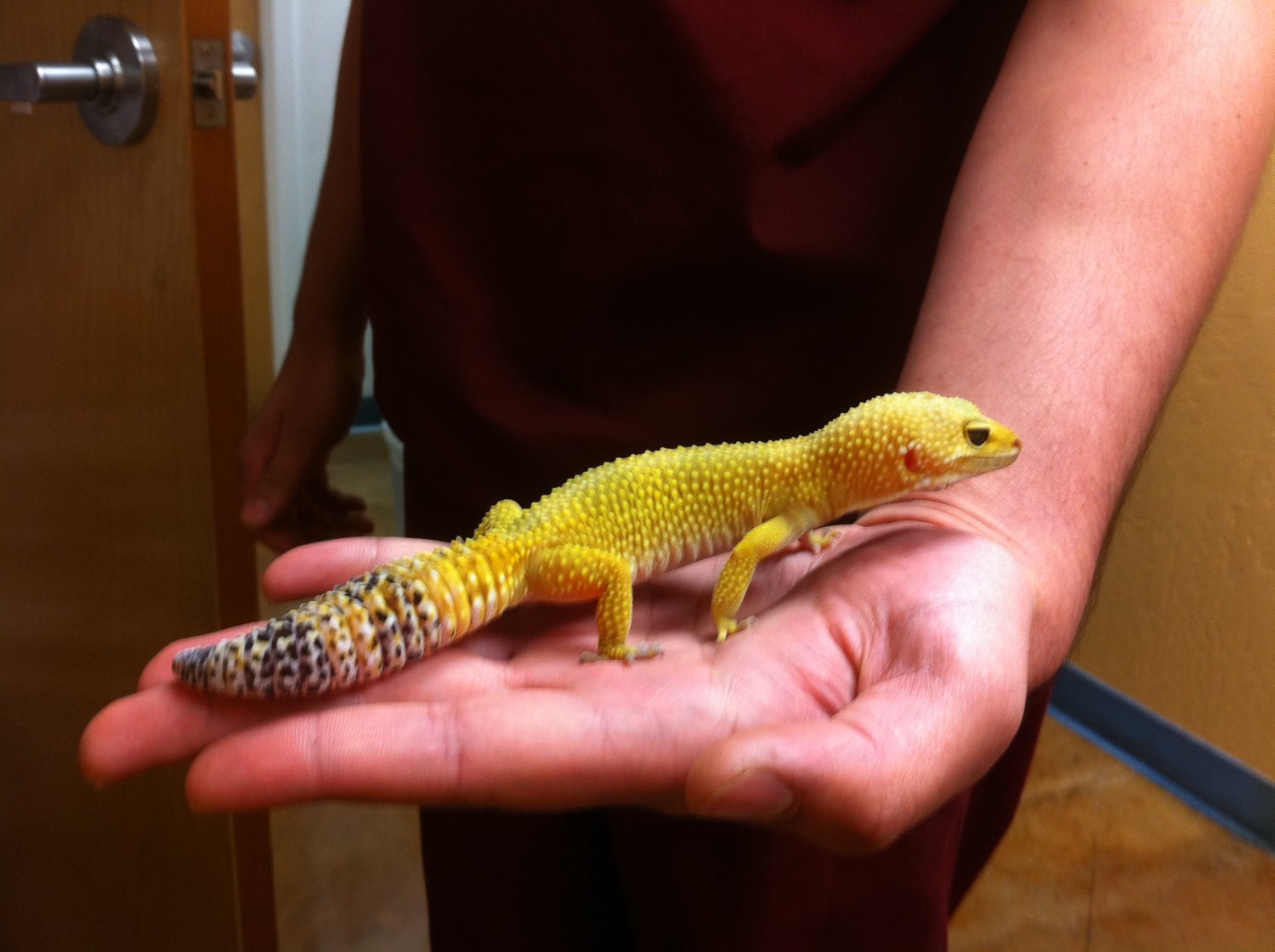|
Title: Owner's Guide to Dystocia in Leopard Geckos

Introduction: Dystocia, the term for egg-binding or difficulty in laying eggs, can affect female leopard geckos. It's crucial to recognize the signs and know how to respond promptly to ensure the health and well-being of your pet. This guide provides essential information on dystocia and common treatments to consider if you suspect your leopard gecko is experiencing this condition.
Recognizing the Signs:
-
Swollen Abdomen: One of the most common signs of dystocia is a visibly swollen or distended abdomen in a female leopard gecko.
-
Restlessness: If your gecko appears restless, constantly digging, or trying to find a place to lay eggs without success, it could be a sign of dystocia.
-
Straining: Observe your gecko for signs of straining, such as repeated attempts to push out eggs.
-
Loss of Appetite: Dystocia can cause a loss of appetite and reduced activity in leopard geckos.
Common Treatments:
-
Warm Bath: A warm bath can help relax the gecko's muscles and may stimulate egg laying. Place the gecko in a shallow container of warm water (around 85-90°F or 29-32°C) for 15-20 minutes, monitoring closely.
-
Lubrication: In some cases, a reptile-safe lubricant, such as KY Jelly, can be applied to the cloaca (vent) area to aid in the passage of eggs. This should be done carefully and under the guidance of a veterinarian.
-
Oxytocin: Veterinarians may administer oxytocin injections to stimulate contractions and facilitate egg expulsion. This should only be done by a qualified reptile veterinarian.
-
Surgical Intervention: In severe cases, surgical intervention may be necessary to remove eggs. This should also be performed by a veterinarian experienced with reptiles.
-
Calcium Supplementation: Ensuring that your gecko receives proper calcium supplementation is important to prevent dystocia in the first place. Consult your veterinarian for guidance on calcium supplementation.
Preventing Dystocia:
-
Proper Husbandry: Maintain an appropriate environment for your leopard gecko, including a suitable substrate for egg-laying.
-
Adequate Calcium Supplementation: Ensure that your gecko receives the proper amount of calcium in its diet to support eggshell formation.
-
Avoid Overbreeding: Limit breeding to avoid excessive egg production, which can increase the risk of dystocia.
Conclusion: Dystocia in leopard geckos is a serious condition that requires immediate attention. By recognizing the signs and considering common treatments, you can help your pet through this challenging situation. Always consult a qualified reptile veterinarian for guidance and treatment.
Sincerely, [Your Name] Veterinarian at Little Critters Veterinary Hospital 1525 N. Gilbert Rd, Suite C-101, Gilbert, AZ 95234 Phone: (480) 696-7744 Website: www.littlecrittersvet.com
|